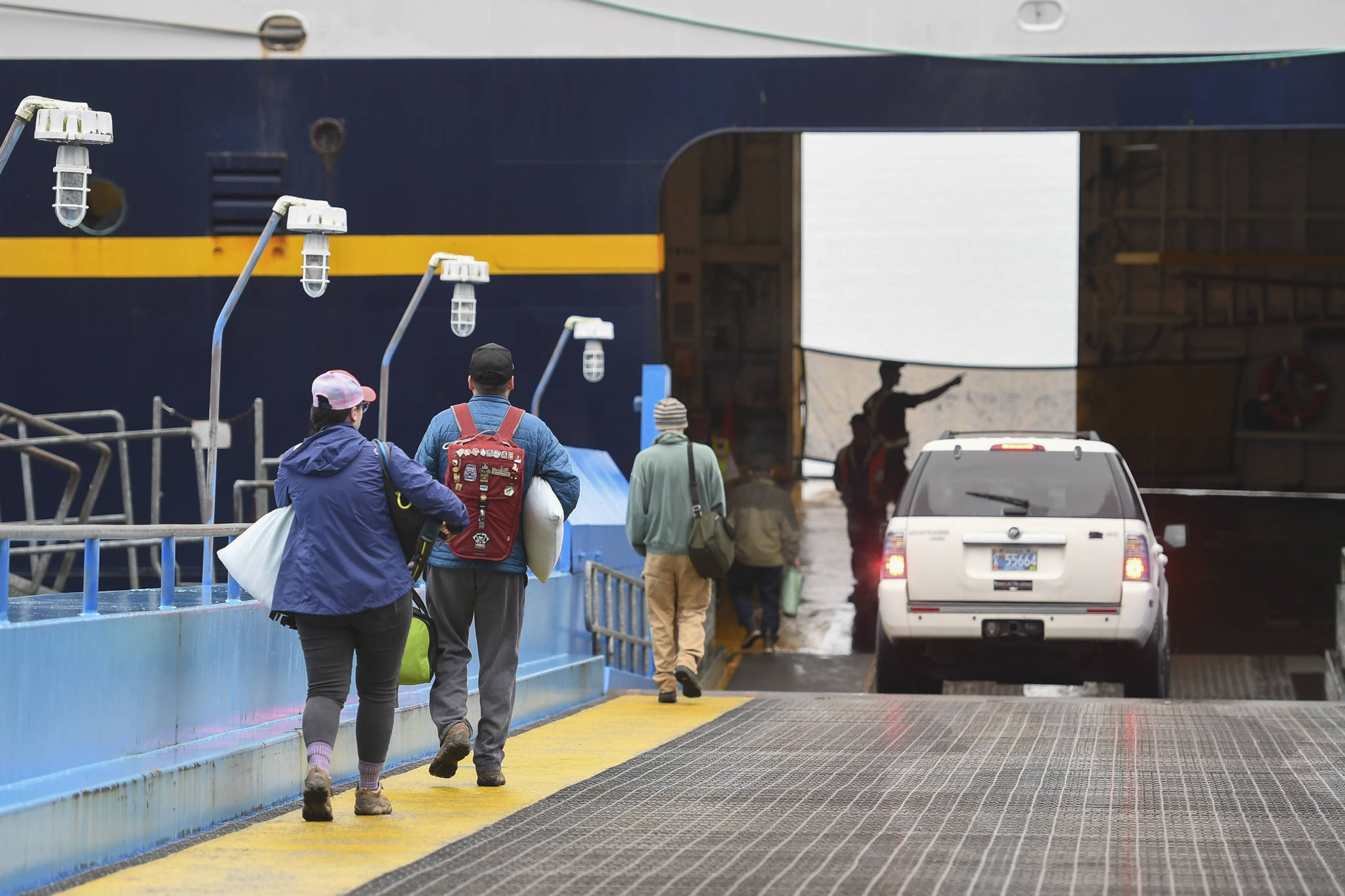The winter schedule for the Alaska Marine Highway System was released Thursday morning and with it, a change in the way it calculates fares.
Effective Oct. 1, AMHS will begin using what is known as a “dynamic pricing” structure to increase its revenue, according to a news release from the Department of Transportation and Public Facilities.
Dynamic pricing, also known as differential or real-time pricing, is the practice of selling the same product at a different price depending on certain conditions such as time or demand.
The airline industry has used dynamic pricing for decades. This is why the price of the same seat can vary depending on how close to departure the ticket is bought or how full the flight is.
But in the case of airlines, a customer can see how full a flight is and can decide if they’re willing to pay the extra money. Ride-sharing app Uber uses dynamic pricing as well, but that app makes it clear when surge pricing is in effect, letting customers know they can find a better fare if they wait.
But AMHS customers will not be informed they are experiencing increased prices.
“Customers have access to pricing options online or by calling the reservation line,” DOT Public Information Officer Meadow Bailey said via email. “The number of passengers booked will not show up online, but if customers book by phone, they can ask the agent when booking if the price is different on a different sailing day,” she said.
Under AMHS’s new pricing structure, base fares will remain the same, but fares will increase at varying percentages depending on the kind of traveler and the ferry’s capacity. A table chart released by the DOT shows how it will work.
Under the new system, for example, a customer purchasing a ticket to take a vehicle on a voyage that is already 50 percent booked would pay an additional 30 percent over the base price.
However, there’s no way to know how booked a particular voyage is. AMHS does not currently have a way of showing a ferry customer the capacity of a voyage, and DOT did not say whether they are planning to develop such a system.
Without knowing how booked a ferry voyage is, a customer would not be able to decide if they want to pay that extra money or if they want to try for a later journey, or try to find a flight instead of using the ferry.
Dynamic pricing has been increasingly used in e-commerce to charge various prices to customers depending on their location or even what kind of device they’re using. In 2014, the Boston Globe reported that customers searching for hotel rooms using an iPhone were given higher rates for the same hotel than someone using a desktop PC. The logic being, according to the Globe, that iPhone users had more expensive tastes and were more willing to pay higher prices.
Bailey told the Empire that AMHS is implementing dynamic pricing “with the goal of maximizing revenue and creating a more self-sustaining system.” She added that the pricing structure and the table feature in the email would be made available on DOT’s website.
AMHS is facing a whopping 31 percent budget reduction — $43 million — due to massive budget cuts from the State of Alaska, which is facing a multibillion deficit that Republican Gov. Mike Dunleavy has vowed to resolve without new revenue or taxes.
At the beginning of the year, when Gov. Mike Dunleavy released his state budget in February, he proposed a $98 million (75 percent) reduction for AMHS, that would have eliminated winter ferry service. The proposed cuts threw the entire system into uncertainty and sparking outrage and debate about how to deal with the deep cuts. Ferry supporters turned out in droves to show their support for AMHS, and other proposals were put forward to reform AMHS into a public corporation or even privatize the system. In the end, the Legislature appropriated an additional $5 million to provide winter service to coastal communities, but that money was vetoed when Dunleavy signed off on the final budget.
Increased fees and fares
In addition to introducing a dynamic pricing structure, AMHS will also increase the fees for changing a reservation, as well as increased fares before and after a “major event” in a given port.
According to the release, a 10 percent increase will be applied to all base fares in the four days before and after an large event at a specific port. At this time DOT has not specified what constitutes a major event.
Previously, there was a fixed $20 charge for all reservation changes. Under the new pricing structure, any changes to a reservation will be charged $20 if made at least two weeks in advance of the departure date. A charge of $50 will be applied for changes made between two weeks and three days before departure, and $100 for a change within three days of departure.
• Contact reporter Peter Segall at 523-2228 or psegall@juneauempire.com.

